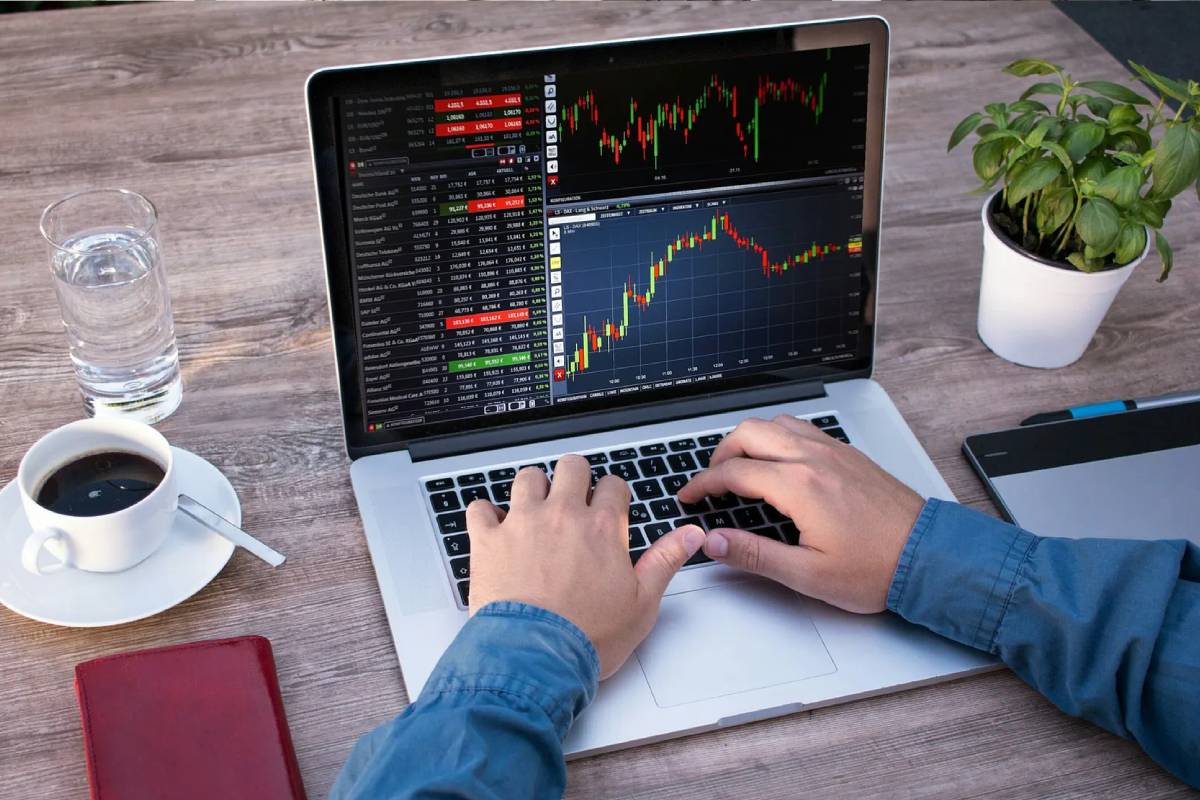Switch on the news, surf the web, grab a coffee, get your oil changed, drop your kid off at daycare, design a trade show banner at the Landmark Sign Company, talk to your bank about a loan — it doesn’t seem to matter what you do or where you go these days. Everyone is talking about an “inverted yield curve.” In fact, there hasn’t been this much sustained buzz about a financial concept since the (dreaded) Great Recession.
To start with: if you don’t know what the heck an inverted yield curve is — or more importantly, why you should care — then don’t worry. You don’t need an MBA or to have a desk on Wall Street to grasp the basics. Here’s what you need to know:
A yield curve is simply a way to illustrate the price of borrowing money in the U.S. Treasury bond market. When things are normal (and everyone from your babysitter to your dentist aren’t talking about yield curves), long-term yields are higher than short-term yields. And if you take a moment to think about it, this makes perfect sense. The longer that someone wants to borrow money for, the more they would logically expect to pay. In the same light, the longer that someone is willing to lend money for — and hence be without it — the more they would expect in return.
But what happens when investors start to get worried about the state of the economy, and predict that there’s going to be some serious financial pain on the horizon? Naturally, they start to sell riskier assets like stocks, and shift them over to safer havens like longer-term U.S. Treasury bonds. Of course, the potential return on investment is lower (and in some cases significantly lower), but that is a price that many investors are willing to pay to avoid losing principal (and losing sleep).
As more and more investors seek refuge by shifting to longer-term U.S. Treasury bonds, the lower the prevailing interest rates get. This is simply due to supply and demand. However, that’s when things get interesting — or if you’re an investor, ominous. Because eventually, there is so much money flooding into the longer-term U.S. Treasury bond market, that the interest rate (i.e. the amount that investors get for lending money) falls below what is available in the shorter-term U.S. Treasury bond market.
In other words: the yield curve becomes inverted. Shorter-term loans pay more interest than longer-term loans, which is the opposite of how things should work under normal conditions. But that’s the key point: when the yield curve inverts, there is widespread belief that conditions aren’t normal. Instead, a recession is ahead; and possibly, a deep and lasting one.
Now, does this mean that an inverted yield curve absolutely, definitely, 100 percent predicts that a recession is ahead? No, it doesn’t. Currently, there are plenty of financial balls in the air — most notably trade wars and tariffs — that are stoking investor anxiety and fear. If those issues get settled in a way that investors generally deem as positive, then it’s likely that a lot of the money currently aiming towards longer-term U.S. Treasury bonds will go back into stocks and other more liquid assets. This could be enough to avert a recession; or at least, mitigate the damage.
Yet with this in mind, it’s also true that inverted yield curves have preceded every single recession since 1956. It’s possible that 2019/2020 could be the exception. But if you ask a lot of investors — or take a poll of CFOs — while they’re hoping for the best, they’re preparing for the worst.
You are reading What the Heck is an Inverted Yield Curve and Why Should You Care?


